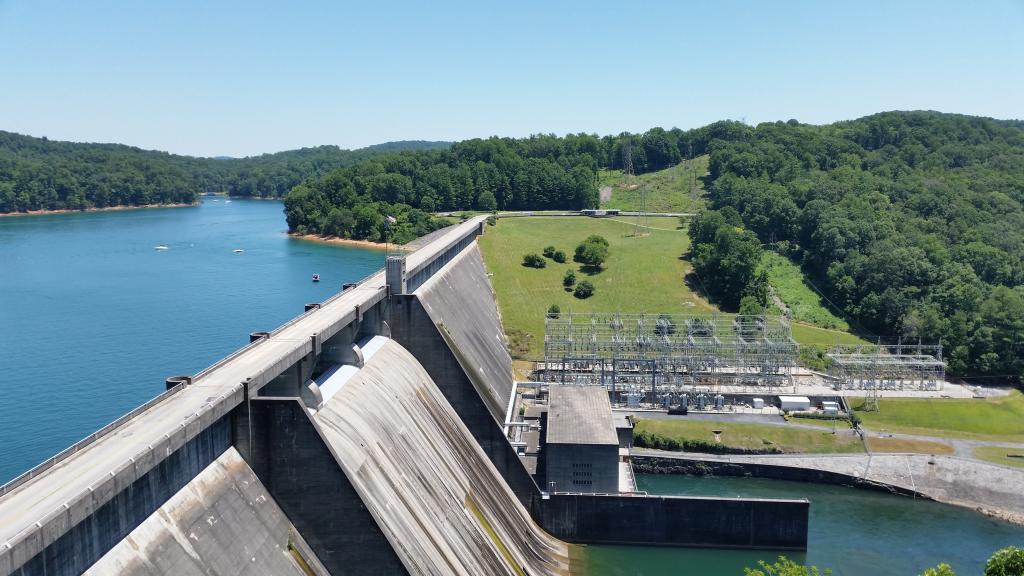Project Details

Overview/Objective
The number of hydropower facilities facing relicensing by the Federal Energy Regulatory Commission is projected to double between 2020 and 2030. With expectations for hydropower to facilitate a zero-carbon energy transition, more must be known about the regulatory process to enable more efficient timelines while balancing hydropower generation and environmental objectives.
A recent study led by the US Department of Energy’s Oak Ridge National Laboratory researchers, in conjunction with the National Renewable Energy Laboratory, was published in the March 2022 issue of Energy Policy. Considering the multiple and varied entities involved in the licensing process, the project team took an innovative approach to include key stakeholders in the study that represented environmental groups, utility companies, and state, federal, and tribal regulatory agencies. The goal was to better understand perceived obstacles from each vantage point and create a base level from which to work toward removing these barriers.
Results
The project team studied 107 randomly selected hydropower projects that received their licenses since October 1, 2005, to quantify length of steps for acquiring the first hydropower license and renewing an existing license, and to identify factors associated with timeline length and sources of uncertainty. All original licenses included in the sample were for projects adding power to a previously non-powered existing dam or constructing a hydropower facility in a canal. The Stakeholder Working Group met four times a year from 2018 to 2021.
The team’s findings demonstrated that licensing timelines varied depending on several factors. While those with greater environmental concerns predictably took longer to approve, new projects took less time—a difference of 2.5 years—than renewing existing licenses because of lower environmental complexity. The team also examined the three license processes—traditional, integrated, and alternative—to assess differences in license timelines. Initial findings showed that the integrated licensing process may shorten license timelines but may require more resources. The Stakeholder Working Group also suggested that incomplete submission of application materials can significantly impact timelines, causing an average delay of several months to a year.
Impact/Intended Impact
Environmentally complex projects will require extensive and meaningful collaboration among stakeholders, applicants, and regulators to shorten licensing timelines. However, with new quantifiable data in hand and stakeholders working together to increase process efficiencies, the intent is to remove barriers that slow or inhibit greater hydropower generation, which already accounts for more than 7% of all US electricity produced.


